
Paul Rees selects his team of the season – with a nod to those who came close
FULL-BACK: Freddie Steward (Leicester)
The older met the newer in the Premiership final when Alex Goode lined up on the opposite side to the player who started every one of England’s Six Nations matches, the final one on the wing. Goode, whose performance does not diminish with age, started nine league matches at outside-half in the absence of Owen Farrell and 12 at 15. The pair make contrasting full-backs: Goode is shorter and more elusive, a second playmaker, while Steward has more of a flanker’s build, comfortable under the high ball and going through defenders.
He recovered from three early mistakes in the final to help Leicester overcome Saracens, showcasing his solidity in defence and threat in attack. Tyrone Green enjoyed another strong season with Harlequins before missing three months with injury, Harry Arundell announced himself at London Irish and Santiago Carreras finished the season dazzlingly for Gloucester at fullback having played most of the season on the wing.

RIGHT WING: Tommy Freeman (Northampton)
The Premiership has a feast of topdrawer wings. On the right, Max Malins was the Premiership’s leading try scorer, although the majority came when he was playing in other positions, two Louis’s, Rees-Zammit and Lynagh, were among the leading 15 in the try list, Adam Radwan was reduced to flashes as Newcastle’s decent start faded, Chris Ashton rolled back the years after signing for Leicester in the second half of the season before Joe Cokanasiga returned for Bath.
Northampton’s Tommy Freeman finished the season with 13 tries in 11 league starts, four of which came at full-back, where he started for England against the Barbarians last weekend. At 6ft 2ins and more than 16st, he is being seen as a tackle-breaking option to the injury-plagued Manu Tuilagi. He is one of three Northampton outside backs on the tour to Australia with George Furbank and Fraser Dingwall. Versatility has helped him so far, but as one of the best finishers in England, is midfield his best option?

OUTSIDE-CENTRE: Chris Harris (Gloucester)
The Scotland international enjoyed another stand-out season for his club, combining strength with skill. His midfield partnership with Mark Atkinson continued to grow and if Gloucester go one better next season and make the top four, it will be because they have found a way of maximising the ability they are blessed with behind.
Joe Marchant pushed him at Harlequins, Dingwall was consistent at Northampton and Henry Slade was not the reason Exeter failed to make it to Twickenham. It was an unlucky season for a number of leading 13s: Jonathan Joseph had few chances at Bath, Semi Radradra rarely got going at Bristol and Malakai Fekitoa was similarly blighted by injuries at Wasps while Ollie Lawrence only played in Worcester’s first three matches. Elliot Daly had a strong run at outside-centre in the final months of the season having been deployed on the wing, but Harris set the standard.
INSIDE-CENTRE: Andre Esterhuizen (Harlequins)
Harlequins may have failed to defend the Premiership title they won the style the season before, but the South African midfielder enjoyed another strong campaign.
A difference between the two campaigns was the greater number of international call-ups Quins had to contend with, but Esterhuizen was a constant and started every one of their league matches. He is more than a target runner to make something out of slow possession: he does not look to die with the ball but make it available through an offload or quick distribution from the floor. Nick Tompkins again showed in the Premiership final how threatening he is at inside-centre, a catalyst Wales should make better use of, and in the smouldering ruins of Bath’s season Max Ojomoh heralded the rebuild with a number of other young players, a centre comfortable passing from left to right. Guy Porter grew in influence at Leicester.

LEFT WING: Cadan Murley (Harlequins)
The Harlequin finished one behind Malins on 15 tries and was unfortunate not to be recognised by England, although he is not alone with the likes of Ollie Thorley, Malins and Ollie Haskell-Collins overlooked at a time when Cokanasiga and Jonny May have returned from long-term injuries and Jack Nowell is fit again. Murley is quick and strong and does not hang around on his wing waiting for the ball. Nemani Nadolo was Leicester’s top try scorer and such was the strength of the Tigers that another of their wings, Hosea Saumaki, struggled for minutes despite making the most of his chances, Tom O’Flaherty made things happen at Exeter, as did Duhan van der Merwe at Worcester, and Arron Reed is one to watch at Sale. Thorley could use a break at Gloucester: every time he appears to be on the brink he gets injured, but when he is in full flow, he takes some stopping.

OUTSIDE-HALF: George Ford (Leicester)
He deserved a better farewell than a swollen ankle 23 minutes into the Premiership final having steered the Tigers back on to the path to glory. Leicester benefited from England’s decision to overlook the outside-half in the autumn, allowing them to generate a momentum that sustained them when he was called up for the Six Nations.
One moment that stands out was during the 55-26 victory at Northampton when Richard Wigglesworth and Jasper Wiese were in the sin-bin. The Saints were threatening a comeback, but Ford extinguished it with a masterly display of control. Marcus Smith again fired Harlequins, although England with him this season have lacked a default position which has cost them; that may change with the return of so many Saracens. Owen Farrell looked back to his best before the final, Orlando Bailey rose above Bath’s struggles and Dan Biggar looks a more rounded player at Northampton than he does with Wales.

SCRUM-HALF: Alex Mitchell (Northampton)
There was a point during the second half of the season when Northampton looked like falling some way short of the top four.
They had lost four games in a row, most of them by a try or less, and then, inspired by Mitchell, they won their next five. He scored a try in three of the matches, including at Bath where the Saints were contriving to lose by a bundle when the scrum-half intervened. He has no peer when it comes to getting the ball away from the breakdown with speed and he has the eye for a gap. It was not enough to get him to Australia, more’s the pity because his partnership with Smith is a prospect to savour. Not that Eddie Jones is short of options at 9: Harry Randall had a disrupted season at Bristol but made a difference when he was fit, Danny Care seems to get younger at Harlequins and Raffi Quirke, along with Jack van Poortvliet, has made an impression. Faf de Klerk said farewell to Sale and will be missed.

LOOSE-HEAD PROP: Will Goodrick -Clarke (London Irish)
Ellis Genge would be the popular choice having led the Tigers to the league title in his final season with the club before returning to Bristol, but the 26-year old Goodrick-Clarke enjoyed his best season with Irish, the club he joined from Richmond three years ago.
He started all except two of their Premiership matches and was called up by England, although he did not make the squad for Australia having been on the bench against the Barbarians last weekend. Sale’s Bevan Rodd did for the part he played in Sale’s power game, Joe Marler was part of a Harlequins pack that was sometimes underestimated, Mako Vunipola enjoyed a second coming and Beno Obano finished a season that had only just started when he was injured.
HOOKER: George McGuigan (Newcastle)
It looked for a long time that the try scoring chart would be headed by a hooker before the grounds hardened up and the wide boys cashed in. Even so, Newcastle’s hooker was only one behind Malins with 15 having scored 12 the season before.
Not all were processions as he stooped at the back of a rolling maul waiting to sight the line; like Agustin Creevy at London Irish, who harvested 14 tries, he showed a turn of pace and such was his importance to the Falcons that he restricted Jamie Blamire, who for most of the season was on England’s bench, to a walk-on role. Nine hookers scored six tries or more in the Premiership, a number that included Leicester’s Julian Montoya, who again showed in the final how central he is to Leicester’s rise.
TIGHT-HEAD PROP: Dan Cole (Leicester)
The England prop is one of those players who, like old rockers, keeps going. Considering the injuries he had endured and the matches he has played, some would be contemplating a quieter life, but Cole gets on with it, relishing every scrum, clear-out and carry.
Vincent Koch was not far behind him in his final season with Saracens before joining Wasps whose Biyi Alo enjoyed his best season with the club. Patrick Schickerling rose through the ranks at Exeter and is now in Australia and Paul Hill enjoyed a run of games with Northampton. Add in Will Stuart, Kyle Sinckler, whose season was hampered by a back problem, Leicester’s Joe Heyes and Newcastle’s Trevor Davison, and it’s not a problem position for England.

SECOND ROWS: Harry Wells (Leicester)
Harry Wells personifies Leicester, uncomplicated in his approach in the old-fashioned way but highly effective. He was used at times from the bench, including in the final when Ollie Chessum started, as he had been at the start of the season when the Tigers played Saracens at home, and his impact was immediate. Leicester’s success was based on getting the basics nailed down and in Wells they have someone who would have fitted in when the club used letters on the backs of jerseys.

Matias Alemanno (Gloucester)
Gloucester’s pack was behind the Kingsholm club’s rise up the table, mauling like no other side. Freddie Clarke led their line-out and Matias Alemanno proved an all-purpose player, involved in everything. Clarke and Alemanno started 16 Premiership matches together in the second row, including the last 10. Jean-Luc du Preez was influential at Sale, Elliot Stooke proved one of the signings of the season at Wasps, Nick Isiekwe and Maro Itoje were constants for Saracens, Joe Launchbury gave Wasps a needed hoist and two young second rows making their way who demanded attention were Bath’s Ewan Richards and Exeter’s Dafydd Jenkins.

BLINDSIDE FLANKER: Ted Hill (Worcester)
Hanro Liebenberg capped a notable end to the season with a try in the final, Brad Shields helped hold Wasps together when they were overwhelmed by injuries, Ruan Ackermann’s form rarely dipped at Gloucester, where he also played at No.8, Steven Luatua did not let go of Bristol’s tiller as the waters became choppy and Matt Rogerson led London Irish back into the Heineken Champions Cup, but no-one stood out in adversity like the Worcester captain.
Hill started the season on the blindside and played in all three positions in the back row in another season when Worcester were scrapping to avoid finishing bottom. He did not just lead by example but often got through the work of two men. It meant he made mistakes, but he is a back rower who has, and gives, everything, a smart reader of the game the Warriors would be in danger of becoming illiterate without.

OPENSIDE FLANKER: Ben Earl (Saracens)
It is one of those ironies that in his most prolific Premiership season – he scored 11 tries and made 363 tackles, 64 more than the next on the list, Gloucester’s Lewis Ludlow – that Earl was dropped by England having been an ever-present for two years.
Like his clubmates Malins, Tompkins and Isiekwe, he grew after a year away, in his case with Bristol. It is a position in which Eddie Jones is not short of options: Tom Curry lifted Sale, Sam Underhill soared above the squash at Bath, the Lewises Ludlow and Ludlam excelled at Gloucester and Northampton respectively and Tom Pearson offered a glimpse of the future at London Irish. Jack Willis made his comeback for Wasps after 12 months out and, before being injured, Jack Kenningham prospered at Harlequins. And Leicester’s Tommy Reffell earned a Wales call-up. Earl headed a very long list.

NO.8: Jasper Wiese (Leicester)
One of the sub-plots in the Premiership final was the confrontation between the two No.8s. Wiese scored a try to cap a typically physical display in defence and attack, strong in possession and over the ball.
A weakness in his game last season was his tackle technique which earned his three cards, including a red. His two yellows this year were both for no-arms tackles rather than ones that were too high. Vunipola, once the England pack’s talisman, spent the season out of favour as Eddie Jones looked to play in wider channels. The No.8’s response was to tweak his game and in the final, he often stepped as he confronted a tackler rather than take contact. It gave him the option of off-loading and he was immediately called up for the Australia tour with Alex Dombrandt, who was again a central figure for Harlequins, and Sam Simmonds unavailable. Fitz Harding displaced Nathan Hughes at Bristol, Gloucester’s Ben Morgan showed what could have been but for injury, Callum Chick drove Newcastle and Northampton’s Juarno Augustus left his calling card on tacklers but Wiese proved another of Leicester’s inspired, below-the-radar signings that made them whole again.
PREMIERSHIP STATS
Most points:
George Ford 220
Paddy Jackson 200
Alex Lozowski 178
Adam Hastings 175
Dan Biggar 174
Jimmy Gopperth 172
Callum Sheedy 170
Owen Farrell 133
Joe Simmonds 131
Freddie Burns 102
Most tries:
Max Malins 16
Cadan Murley 15
George McGuigan 15
Agustin Creevy 14
Tommy Freeman 13
Courtnall Skosan 11
Alex Mitchell 11
Ben Earl 11
Will Muir 10
Nemani Nadolo 10
Metres gained:
Tyrone Green 2145
Andre Esterhuizen 1849
Tom O’Flaherty 1773
Ollie Hassell-Collins 1760
Cadan Murley 1658
Billy Vunipola 1613
Tom de Glanville 1554
Benhard Janse van Rensburg 1502
Ruan Ackermann 1489
George Furbank 1484
Clean breaks:
Cadan Murley 23
Ollie Hassell-Collins 22
Will Muir 21
Josh Bassett 19
Tommy Freeman 19
Louis Rees-Zammit 18
Nemani Nadolo 18
Max Malins 18
Alex Mitchell 17
Andre Esterhuizen 16
Defenders beaten:
Tom Willis 83
Jasper Wiese 76
Duhan van der Merwe 74
Tyrone Green 73
Andre Esterhuizen 70
Nick Tompkins 70
Adam Radwan 65
Billy Vunipola 65
Ollie Hassell-Collins 63
Alex Mitchell 61
Most passes:
Danny Care 1507
Nick Phipps 1478
Alex Mitchell 1372
Jack Maunder 978
Aled Davies 826
Ben Spencer 825
Gareth Simpson 811
Dan Robson 748
Louis Schreuder 743
Ben Meehan 718
Most tackles:
Ben Earl 363
Lewis Ludlow 299
Freddie Clarke 269
Harry Wells 252
Jack Walker 241
Ruan Ackermann 234
Sam Matavesi 232
Jono Ross 232
Fitz Harding 231
Nick Isiekwe 223
Lineout wins:
Jack Walker 264
George McGuigan 240
Julian Montoya 219
Agustin Creevy 194
Sam Matavesi 192
Jack Singleton 180
Jamie George 143
Niall Annett 142
Harry Thacker 139
Gabriel Oghre 131
Lineout steals:
Sean Robinson 20
Graham Kitchener 20
Ollie Chessum 16
Elliott Stooke 16
Vaea Fifita 16
Nick Isiekwe 16
Daniel du Preez 16
Joe Batley 16
Adam Coleman 14
Stephan Lewies 14
Offloads:
Billy Vunipola 32
Curtis Rona 29
Fitz Harding 26
Alex Mitchell 24
Semi Radradra 24
Jacob Umaga 23
Nick Tompkins 23
Jean-Luc du Preez 21
Benhard Janse van Rensburg 20
Alapati Leiua 20
For more exclusive stories and all the detailed rugby news you need, subscribe to The Rugby Paper website, digital edition, or newspaper from as little as 14p a day.

1 Comment
You must be logged in to post a comment Login
Leave a Reply
Cancel reply
Leave a Reply
You must be logged in to post a comment.






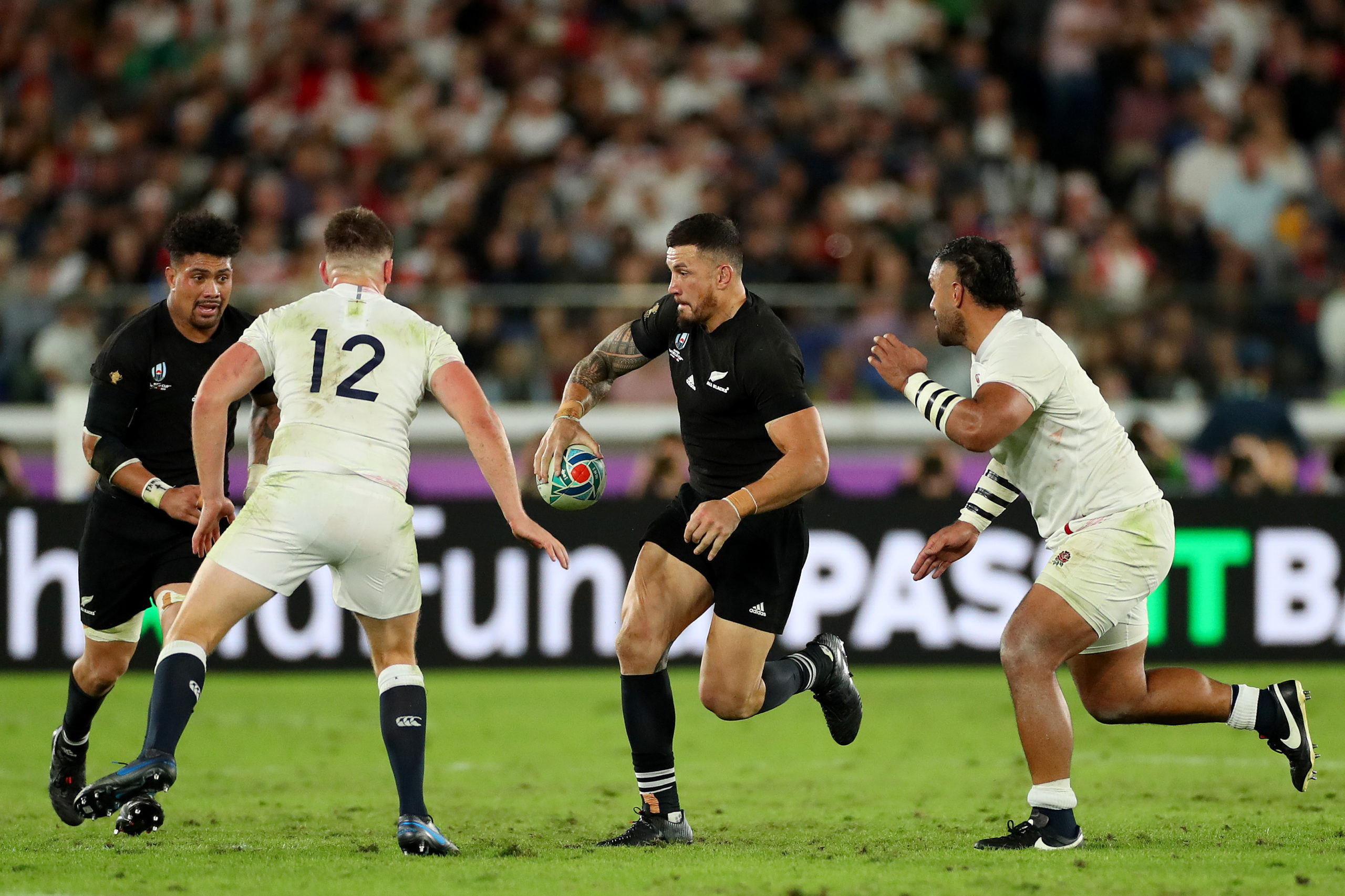
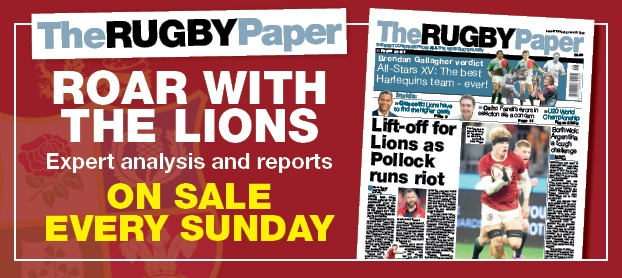

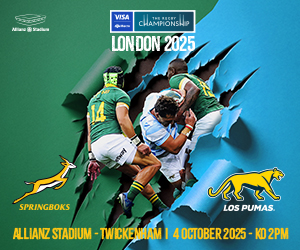


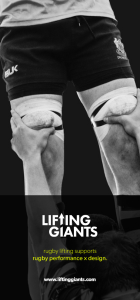








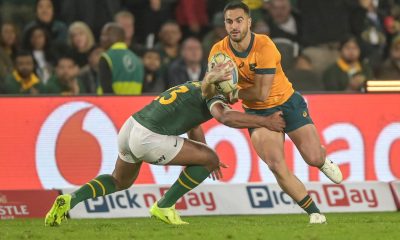
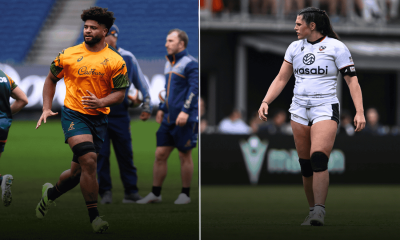
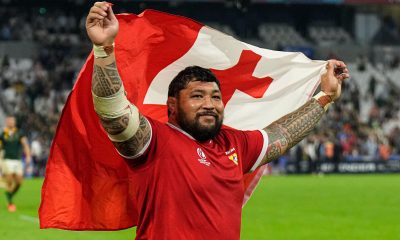
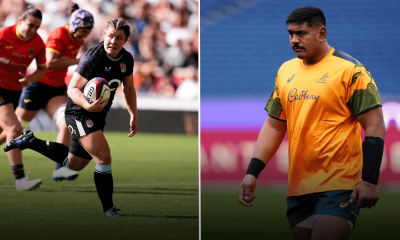

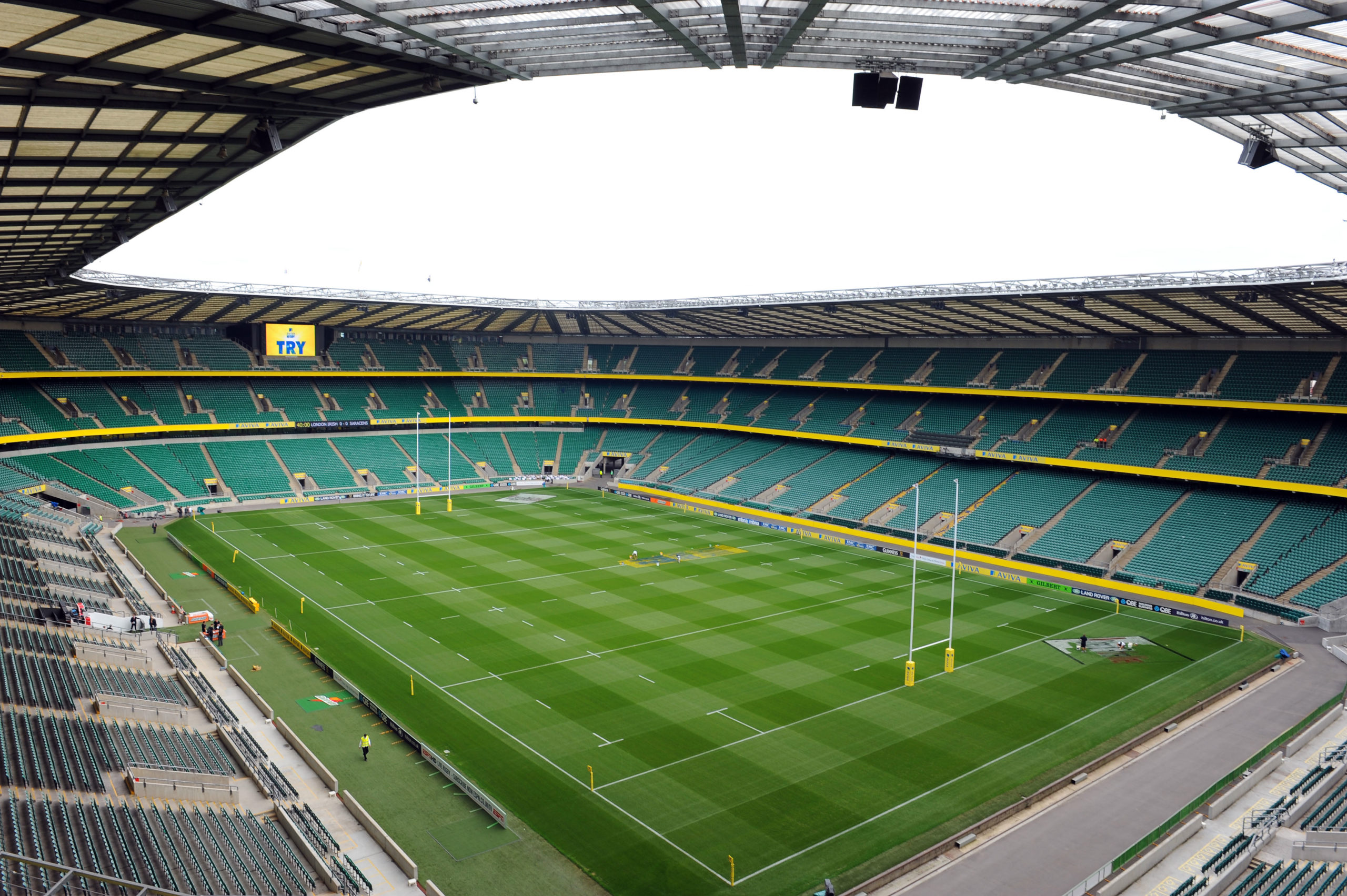

Pingback: look at this site